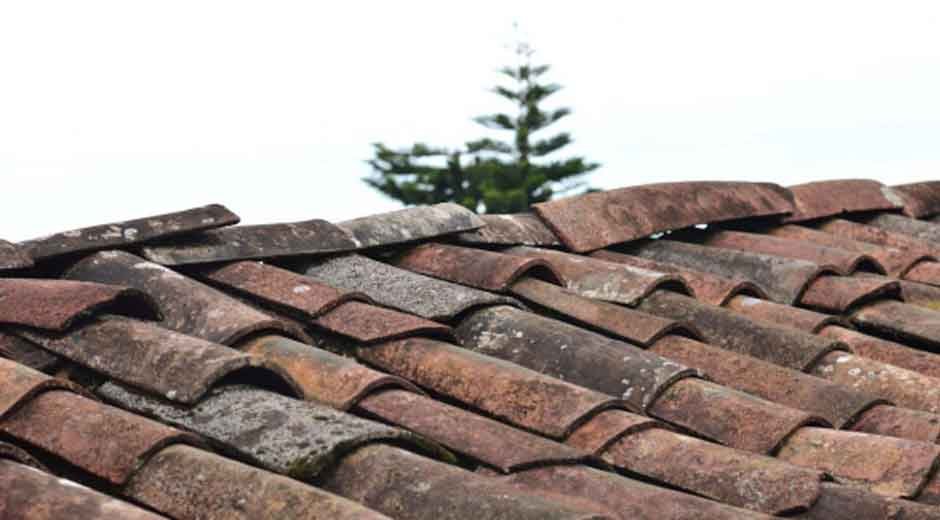Have you ever waited just a little too long to check your heating or cooling system—only to realize it wasn’t working during the worst weather of the year? If so, you’re not alone. Many homeowners push off routine home maintenance until it becomes an urgent problem. It’s a habit born from busy schedules, rising costs, and the fact that most home systems stay hidden until something breaks.
Across the country, climate shifts are bringing hotter summers, colder snaps, and heavier rainstorms. Our homes are feeling the pressure. Seasonal issues that were once occasional headaches are now becoming regular occurrences. From overworked air conditioners to flooded basements, small signs of trouble often go unnoticed until they spiral into bigger, pricier problems.
In this blog, we will share the most commonly overlooked seasonal issues—and what you can do to catch them before they wreck your peace of mind.
The Hidden Cost of Delayed Maintenance
Spring is usually seen as the season of deep cleaning and home refreshes. But too often, the checklist skips the systems that need the most attention. Gutters stay clogged. Roofs go unchecked. HVAC filters haven’t been touched since last year. All of this adds up.
And then summer arrives. The AC groans, the attic bakes, and the deck warps under rising humidity. That’s when questions start rolling in. Is there a wiring issue? Why is there ice on my AC? The answer usually points to poor airflow or low refrigerant levels, issues that are easy to miss but hard to ignore when your system starts freezing over. If airflow is blocked—whether by dirty filters, blocked vents, or duct issues—your AC coil gets too cold and can literally freeze.
Ice sounds like it should mean “cooling success,” but it actually signals that your unit is in trouble. Ignoring it can turn a simple fix into a major repair. And that’s just one of many seasonal problems that slip under the radar. For example, condensation buildup from a frozen unit can leak into walls or flooring—causing mold before you even know it.
By the time the signs show up, you’re often facing a bigger mess than you expected. Which is exactly why seasonal checkups matter.
How Changing Weather is Reshaping Homeownership
Extreme weather isn’t some abstract idea anymore. It’s a real and growing stressor on home systems. More homes now experience power outages during storms, overloaded HVACs in heatwaves, and ice dams during record-breaking cold. The infrastructure of the average home wasn’t built for this kind of wear and tear.
As temperatures fluctuate more sharply, materials expand and contract at a faster rate. That means more cracks in your foundation, gaps around windows, or loose shingles on the roof. And with homeowners spending more time at home—working, schooling, or relaxing indoors—indoor air quality has become a new priority too.
Even lawns and landscaping are feeling the shift. Droughts dry them out. Flash floods wash them out. And sprinkler systems, often buried and forgotten, clog or break under the pressure. When the weather feels unstable, so does your to-do list.
Staying ahead of these issues doesn’t mean living in constant panic. It means thinking seasonally and acting early. The more you plan ahead, the fewer surprises you’ll get.
Problems That Seem Small—Until They’re Not
Certain seasonal problems show up in quiet ways. They don’t scream for your attention. Instead, they sneak in. Take poor insulation. You might just notice one room that’s warmer than the others in summer. But over time, that uneven temperature signals energy loss, rising bills, and even stress on your HVAC unit.
Or consider gutters. Clogged ones won’t shout until the rain comes. Then, suddenly, water spills over the edge, erodes your soil, and leaks into the foundation. That one afternoon of cleaning you skipped turns into thousands in repairs.
Pest problems also follow seasonal patterns. Warmer weather invites ants, wasps, and termites. Cold weather drives mice and squirrels indoors. If small openings or gaps go unfixed, your home becomes an invitation. And once pests settle in, they’re expensive and time-consuming to remove.
All of this makes one thing clear: the things we ignore in April tend to haunt us by August.
What You Can Do Without Spending a Fortune
Not every fix needs a professional—though some definitely do. But knowing when to DIY and when to call for help is part of smart seasonal upkeep.
Start by checking your filters. Change them with the seasons. They’re cheap and easy to replace, and they affect everything from indoor air quality to HVAC lifespan.
Inspect your home once a season. Look for water stains, loose shingles, or peeling caulk. Use your phone to document anything suspicious and follow up on it. These little observations can catch big problems in their early stages.
Set reminders for tasks that only need attention once or twice a year—like draining your water heater or sealing your deck. Apps or digital calendars work well for that. And if you’re not sure what’s normal, keep a basic home maintenance checklist for your region.
If a problem seems beyond your skill level—like persistent leaks, strange smells, or a frozen AC—don’t wait. That’s the moment to call in someone who can help before things escalate.
The Real Reason People Put Things Off
Most homeowners don’t ignore problems because they don’t care. They do it because life is overwhelming. Between work, family, and rising costs, it’s easy to tell yourself, “It can wait.”
But that delay mindset is expensive. It turns $100 fixes into $1,000 headaches. And in a time when many families are already juggling tight budgets, those surprises hit hard.
It helps to reframe home maintenance as protection rather than punishment. You’re not just doing chores. You’re investing in less stress later on. And the more routine it becomes, the less effort it actually takes.
Seasonal issues don’t always show up with flashing lights. But the signs are there if you know where to look.
Don’t Let the Seasons Catch You Off Guard
Owning a home means playing the long game. It’s about understanding that what you skip today might show up tomorrow. And that prevention, while not glamorous, saves you time, money, and panic in the long run.
That said, seasonal maintenance doesn’t need to be stressful. But it does need to be part of your routine. Because when it comes to home care, it’s never just weather—it’s how well your home is ready for it.










